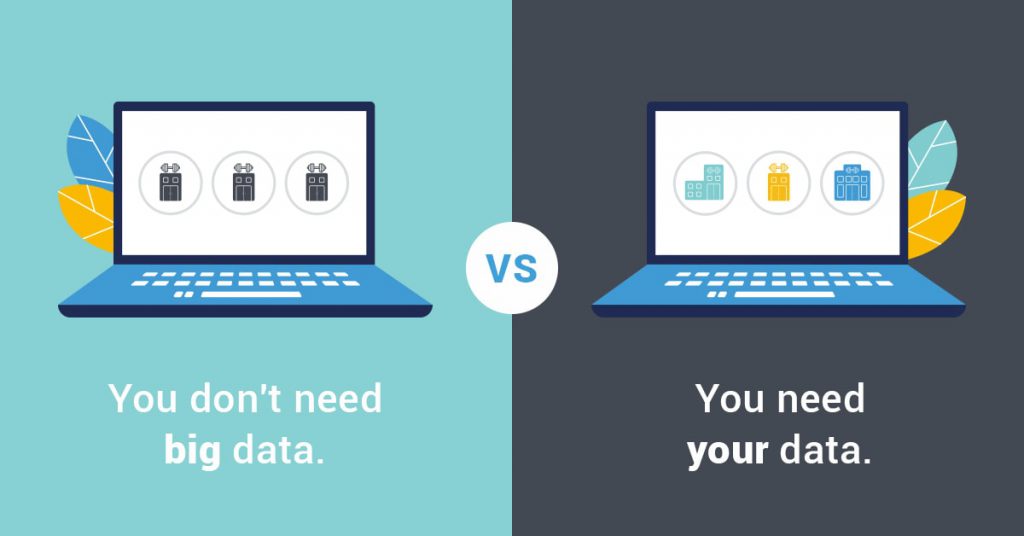Technology powered by Artificial Intelligence is rapidly becoming pervasive in the fitness industry: sales and service chat bots, body analysis, workout planning/coaching, wearable devices, member sentiment analysis…to name just a few.
A powerful new application uses a variety of member demographic and behavioral data to predict future outcomes such as member lifetime value, probability of cancelation, and likelihood to purchase goods and services like supplements or Personal Training. These predictions can do wonders for enabling proactive action, identifying untapped revenue opportunities, and focusing effort where it will return the most ROI.
 But keep in mind that AI is not magic, it’s just a set of tools, and it’s entirely possible to get a sloppy outcome by using a tool inappropriately or using the wrong tool. I might be good with a hammer, but if you come to me with a problem requiring tweezers, I shouldn’t be selling you on how good I am with a hammer. In member behavior predictive analytics, the equivalent of using a hammer where tweezers are required is basing a predictive model on generalized rather than hyper-localized data.
But keep in mind that AI is not magic, it’s just a set of tools, and it’s entirely possible to get a sloppy outcome by using a tool inappropriately or using the wrong tool. I might be good with a hammer, but if you come to me with a problem requiring tweezers, I shouldn’t be selling you on how good I am with a hammer. In member behavior predictive analytics, the equivalent of using a hammer where tweezers are required is basing a predictive model on generalized rather than hyper-localized data.
Let me give you an example.
Let’s say you have a club with 5,000 members and you want to predict each member’s likelihood of canceling. I could say “we’ve analyzed the attrition behavior of eight million members in our database and have a proven model that can predict cancelations with 90% accuracy.” Wow, that sounds impressive, right? Eight million members, that’s Big Data stuff, and 90% accuracy is amazing for a prediction. The problem is, when applied to your club that accuracy could fall to levels that are little better than a coin toss. Why? The model is based on a data set so large and diverse that all the things that make your club different from other clubs are lost in the sea of large numbers.
 A predictive model that doesn’t take into account club individuality is using a hammer where tweezers are required.
A predictive model that doesn’t take into account club individuality is using a hammer where tweezers are required.
Seasonal impacts are going to be different for clubs in Maine vs Arizona. Age impacts for 18-22 year-olds are going to be different in September for clubs in towns where students are moving in vs moving out. Age impacts for seniors in December are going to be different for clubs in northern vs southern climates. Check-in lapses of 3 weeks or more might be significant in one club, but not in another club in a temperate climate with many outdoor recreation opportunities where similar check-in lapses may be common and innocuous. Differences in membership tiers, amenities, and fee schedules can result in dramatically different attrition risk factors for clubs located right beside each other. The list goes on.
Bottom line, the best predictive results for your club are going to result from using data from your club. The only benefit to my just using that eight million member database is convenience for me, I get to create one algorithm and apply it to everyone. I could argue it’s efficient and cost-effective, but really it’s just being lazy. Modern applications of AI can produce accurate predictions for things like attrition risk with as few as 500 members, and club-specific predictive models can be produced painlessly and affordably.

At Easalytics, every predictive model we deploy is based upon the data from each individual club, even if they’re under the same brand. We’ve found considerable differences between clubs of the same brand located just a couple miles apart, so we know it’s worth using each club’s hyper-localized data to give you tweezers, even when it would be easier to give you a hammer.
Want to learn more?
Fill out the form and a member of our team will be in-touch.






